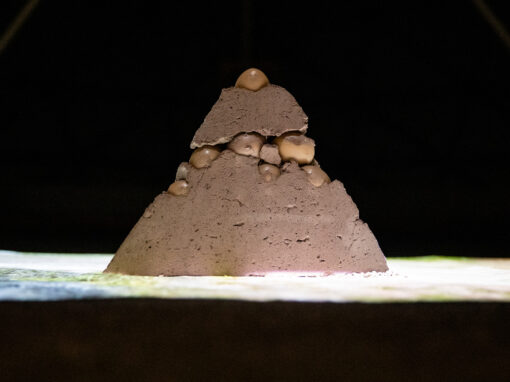Spectral Garden 3D from Maurício Chades on Vimeo.
Jardim Espectral Spectral Garden
2022-ongoing, Documentário experimental, videoinstalação, longa-metragem Experimental documentary, video installation, feature film
AR, vídeo digital, projeção, esculturas de tecido e madeira
AR, digital video, projection, wood and fabric sculptures
No Parque Nacional da Tijuca, o governo do Rio de Janeiro controla a proliferação de plantas invasivas introduzidas na paisagem durante o período colonial. Enquanto isso, artistas indígenas vendem suas obras na calçada do Parque Lage após um incêndio destruir a Oca Kupixawa, um centro cultural indígena dentro do Parque Nacional. Percebendo essa paisagem como o resultado do acúmulo de composto e rastros de memória ao longo dos séculos, Jardim Espectral explora, por meio de mídias digitais, instalação e escultura, uma intricada trama entre espécies. Ao justapor a luta de indígenas por território na paisagem urbana do Rio de Janeiro e o controle de plantas não-nativas, especulamos sobre as motivações históricas por trás das categorias ecológicas que definem o que separam espécies entre nativas, exóticas, aclimatizadas e naturalizadas
Jardim Espectral foi gestado com Nayla Ramalho no programa Residências na Floresta, na Escola de Artes Visuais do Parque Lage.
In Tijuca National Park, the government of Rio de Janeiro controls the spread of invasive plants introduced during the colonial period. Meanwhile, indigenous artists sell their works on the sidewalk of Parque Lage following a fire that destroyed Oca Kupixawa, an indigenous cultural center within the park. Jardim Espectral perceives this landscape as the result of compost accumulation and historical memory. Through digital media, installation, and sculpture, it explores the intricate relationships between species through a multiplot narrative. By juxtaposing the indigenous struggle for territory in Rio de Janeiro’s urban landscape with the control of non-native plants, the project speculates on the historical motivations behind ecological categories that separate species as native, exotic, acclimatized, or naturalized.
Jardim Espectral was created with Nayla Ramalho in the Residências na Floresta program, at the Parque Lage School of Arts.

Maurício Chades é um artista e cineasta originário de Gilbués-PI. Vive e trabalha entre o Distrito Federal, Alto Paraíso de Goiás e os Estados Unidos. Bacharel em Audiovisual e Mestre em Arte e Tecnologia pela Universidade de Brasília e Master in Fine Arts pela School of the Art Institute of Chicago. Em Brasília, participou dos coletivos Espaço AVI, Kinofogo Cineclube e NINHO – Coletivo de Pesquisa em Arte, Interatividade e Agroecologia. Seu trabalho, entre filme, instalação, escultura e performance, especula sobre futuros simbióticos, queer e anticoloniais. Criando ambientes sintrópicos e tecendo alianças multi-espécie, sua prática artística combina contação de história com agricultura restaurativa, compostagem e fungicultura. Seus trabalhos foram exibidos em festivais de cinema e exposições nacionais e internacionais, como a Mostra de Cinema de Tiradentes, Olhar de Cinema, Queer Lisboa e FILE – Festival Internacional de Linguagem Eletrônica. Em 2019, sua primeira exposição individual, Pirâmide, Urubu, estreou na Torre de TV Digital de Brasília, projeto premiado com o Frankenthaler Climate Art Awards em 2022. Em 2023 participou da Bienal Videobrasil com Cemitério Verde, filme premiado em primeiro lugar no e-Flux Film Award.
Maurício Chades is an artist and filmmaker from Brazil. His works, in film, installation, sculpture, and performance, speculate about anticolonial symbiotic futures and queer ecologies. Envisioning syntropic environments and multispecies alliances, his art practice combines storytelling with restorative agriculture, composting, and fungiculture. He holds a BA in Cinema Studies, an MA in Art and Technology from the University of Brasilia, and an MFA from the School of the Art Institute of Chicago. He participated in collective groups such as Espaço AVI, Kinofogo Cineclube, and NINHO - Collective for Research in Art, Interactivity, and Agroecology. His works were shown worldwide, like at Queer Lisbon, Curitiba International Film Festival, and FILE – Electronic Language International Festival. In 2019, he presented his first solo show, Pyramid, Urubu, at The Brasilia Digital TV Tower, receiving the Frankenthaler Climate Art Awards in 2022. In 2023, Chades was featured at the Biennial Sesc_Videobrasil. His most recent accomplishment was the first prize of the e-flux Film Award for Green Cemetery.

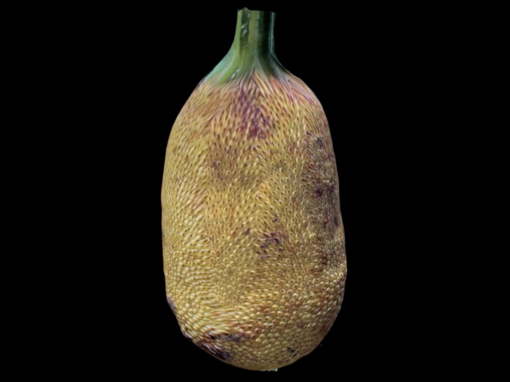
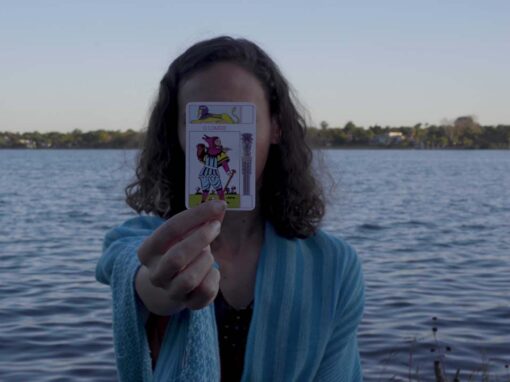

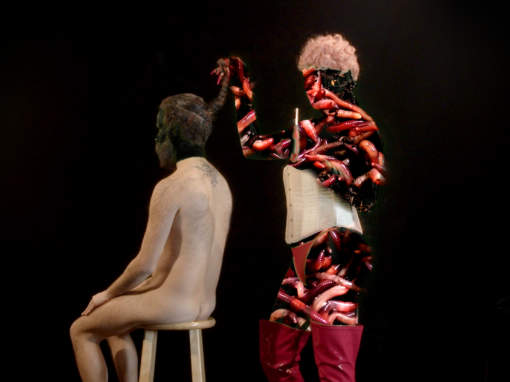
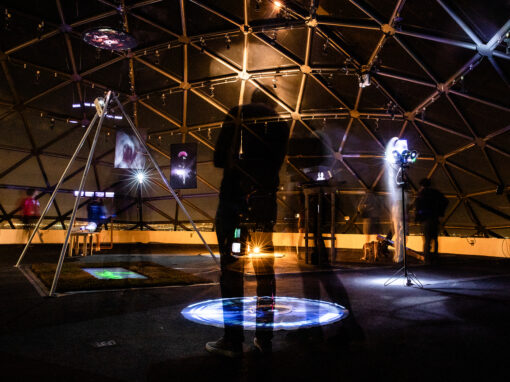
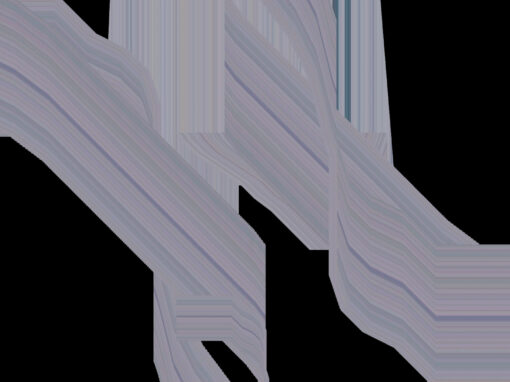

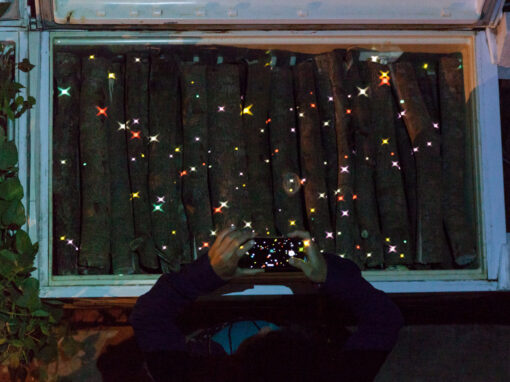
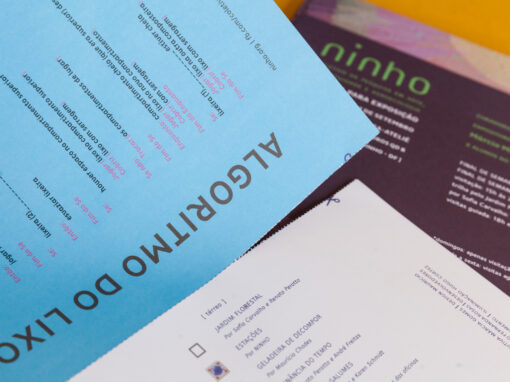
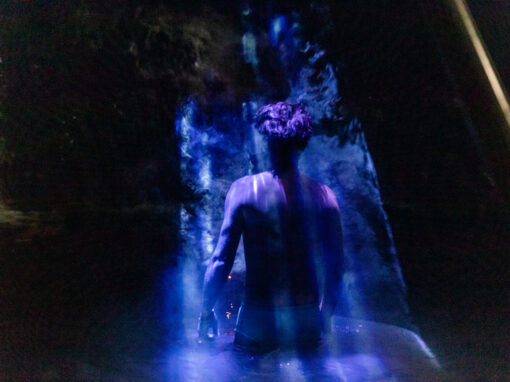
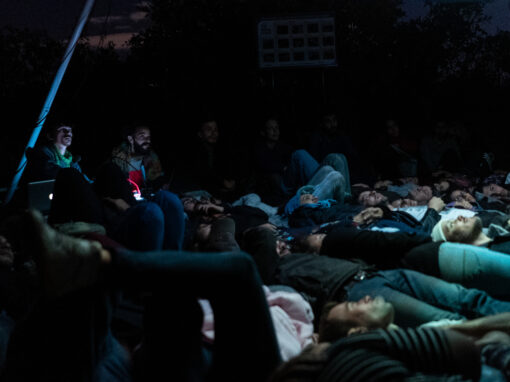
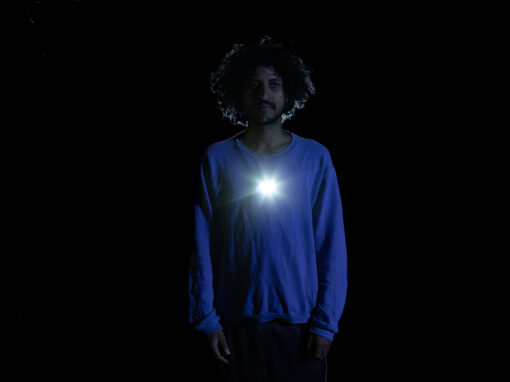

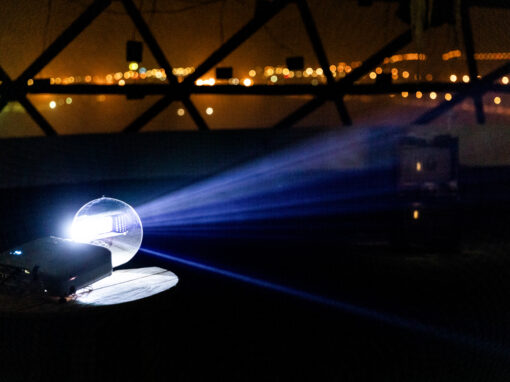
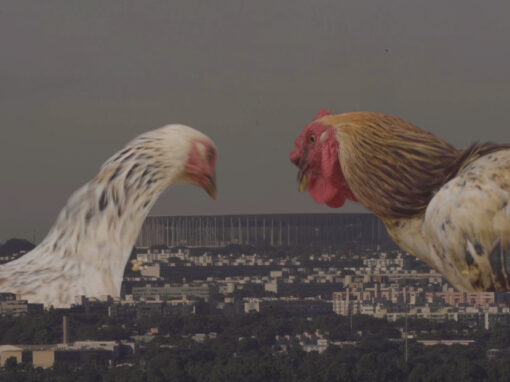

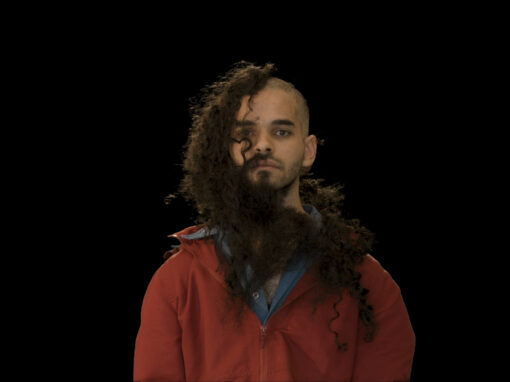
![TERRA[CAP]](https://www.mauriciochades.com/wp-content/uploads/2020/07/PirâmideUrubuJanineMoraes65-510x382.jpg)




